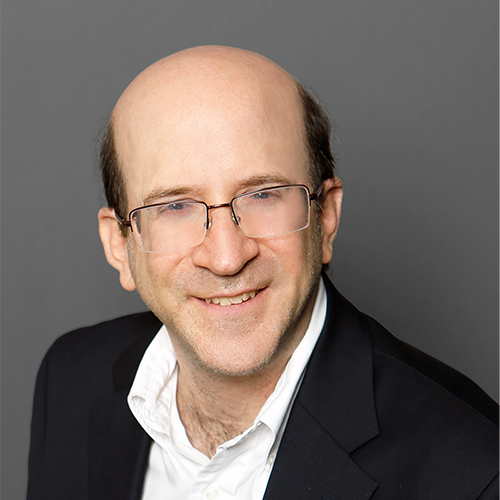

Milo Schield (University of New Mexico), Larry Lesser (The University of Texas at El Paso)
Abstract
Data doesn’t speak for itself. From the producer side, we must be transparent about our choices and process. From the consumer side, we try to identify things taken into account – which is always in a context where what is (not) included matters. The importance of identifying confounders is emphasized in GAISE 2016 and Jeff Witmer's just-posted JSDSE paper. Talking about plausible confounders involves hypothetical thinking. Students may read polished exposition of narratives in textbook vignettes that identify plausible confounders. But how can we help students gain intuition about how to do this crucial hypothetical thinking for themselves? You will first experience a graphical open-access web-based technique for taking into account (controlling for) the influence of a binary confounder without using multiple regression. You’ll then experience a “what if?” group activity without data or tools to get comfortable making conjectures and you will experience ways to evaluate possible (binary) confounders and discuss classroom implementation. Finally we will explore a lesser-known, but incredibly useful and easy topic of Cornfield’s necessary conditions for Simpson’s paradox to occur. No prior knowledge needed, but if you'd like to read ahead of time about Simpson's paradox and confounding, see: http://www.statlit.org/pdf/2022-Schield-CCT.pdf, https://www.tandfonline.com/doi/abs/10.1080/00029890.2021.1932237, or http://www.statlit.org/pdf/2001LesserNCTM.pdf Laptop optional. Bring your creativity hat!
